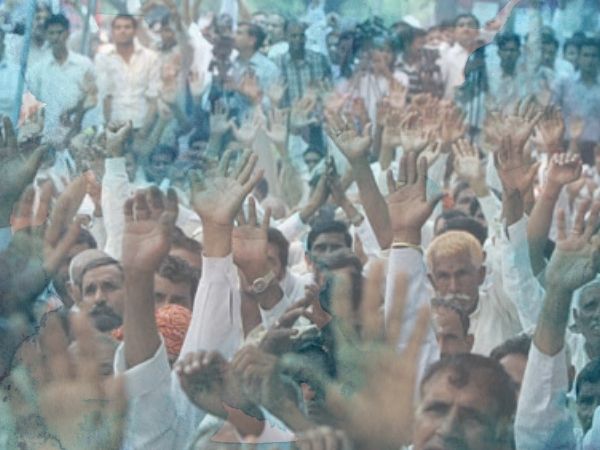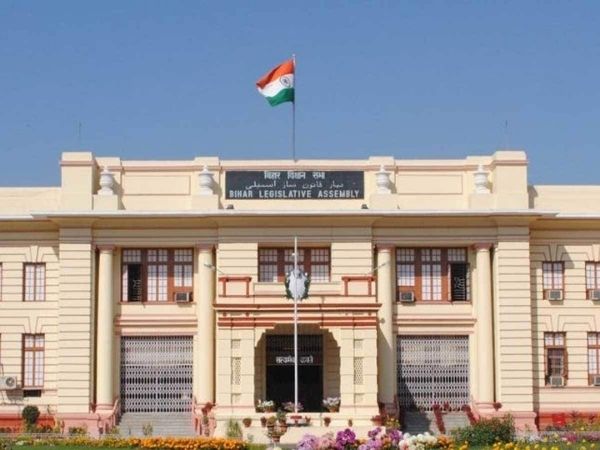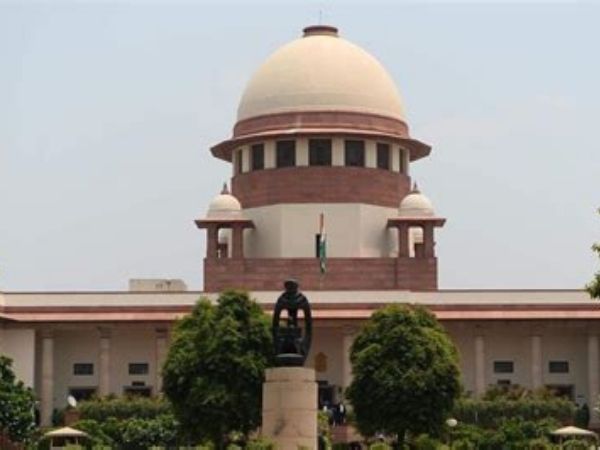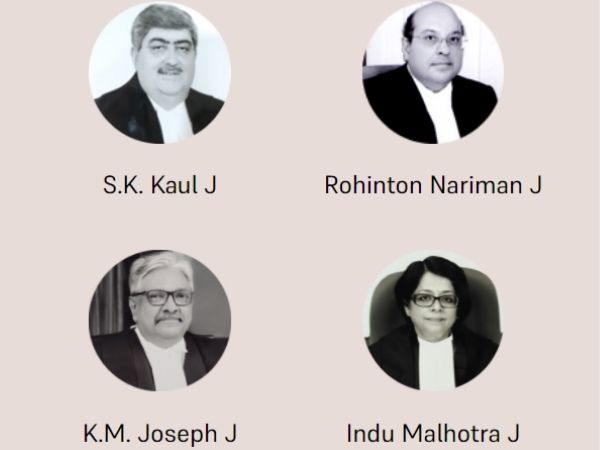Analysis
Creamy Layer: Court in Review
SC/ST/OBC individuals belonging to the 'creamy layer' are not eligible for certain types of reservations.
1976
State of Kerala v NM Thomas
This was the first Supreme Court Judgment to use the term ‘creamy layer’ as it upheld the policy of reservations in promotions. Justice Krishna Iyer cautioned against the benefits of reservations being cornered by affluent individuals from backward castes. This was detrimental to the ‘weak’ members of the same groups, who were then unable to avail of the benefits of reservations. While these were merely the Court’s observations and not converted into binding law, the Court addressed the creamy layer issue over 15 years after its decision in this case.
1992
Indira Sawhney v Union of India
The Mandal Commission Report (1980) recommended reservations for Other Backward Classes (OBCs) in Central Government jobs and Public Sector Undertakings. In 1991, the V.P. Singh Government implemented the Commission’s recommendation, reserving 27% of civil posts and direct recruitment for OBCs. A nine-Judge Bench of the Supreme Court in Indira Sawhney v Union of India upheld reservations for OBCs. However, the Court emphasised that the Government must exclude the ‘creamy layer’ from the benefits of reservations. These were OBC individuals who had attained a certain level of social and economic advancement. The Court deemed these individuals to be ‘as forward as any forward class member’. The Judgment noted that exclusion from reservations on the basis of the creamy layer principle must not hinge on economic criteria alone. However, if the level of economic advancement is so high that it inevitably leads to social advancement, income may be used as a measure of social status. Such a person would belong to the creamy layer. The Court provided examples of those who are socially advanced, such as IAS, IPS, and other officers in the All-India Services. Such persons must be excluded from accessing the benefits of reservations.
1995
Ashok Kumar Thakur v State of Bihar
The Court struck down the Bihar Reservation of Vacancies in Posts and Services (for Scheduled Castes, Scheduled Tribes and Other Backward Classes) (Amendment) Ordinance, 1995. Through this Ordinance, the State Government of Bihar laid down certain criteria for the identification of the creamy layer. As per these criteria, Other Backward Class professionals or IAS officers earning more than ten lakhs per annum would be included in the creamy layer. The Court held that in a country where the per capita national income was ₹6,929 (1993-94), it was difficult to accept that only IAS officers and other professionals earning more than ten lakhs per annum would be included in the creamy layer category. It held that the Bihar Government’s criteria for the identification of the creamy layer were arbitrary.
1999
Indira Sawhney v Union of India
The Court deliberated on how to define the creamy layer. It stressed that without enforcing the creamy layer principle, the benefits of reservation would not reach the most backward in the backward classes category.This would lead to discrimination, because unequals cannot be treated as equals, and result in a violation of the Right to Equality. The Court held that backward class persons belonging to higher government services such as the IAS and the IPS were socially and economically advanced and were de facto included as part of the creamy layer.
2018
Jarnail Singh v Lacchmi Narain Gupta
The Court upheld reservations in promotions for SC/STs in public employment. However, it extended the creamy layer principle to SC/STs in promotions. This means that SC/STs belonging to the creamy layer are not eligible for reservations in promotions. The objective of reservations is to ensure that backward classes are able to progress on an equal basis with other citizens. However, those belonging to the creamy layer in the SC/ST category were cornering the coveted jobs in the public sector. Those who were truly backward were unable to access the benefits of reservations. The Court emphasised that the exclusion of the creamy layer is a facet of equality. Failing to apply the creamy layer principle would treat equals unequally—the general category candidates would be treated differently than the forward among the SC/ST community. Further, without the creamy layer principle, unequals would be treated equally—the backward SC/STs would be treated the same as the forward among the SC/STs.





